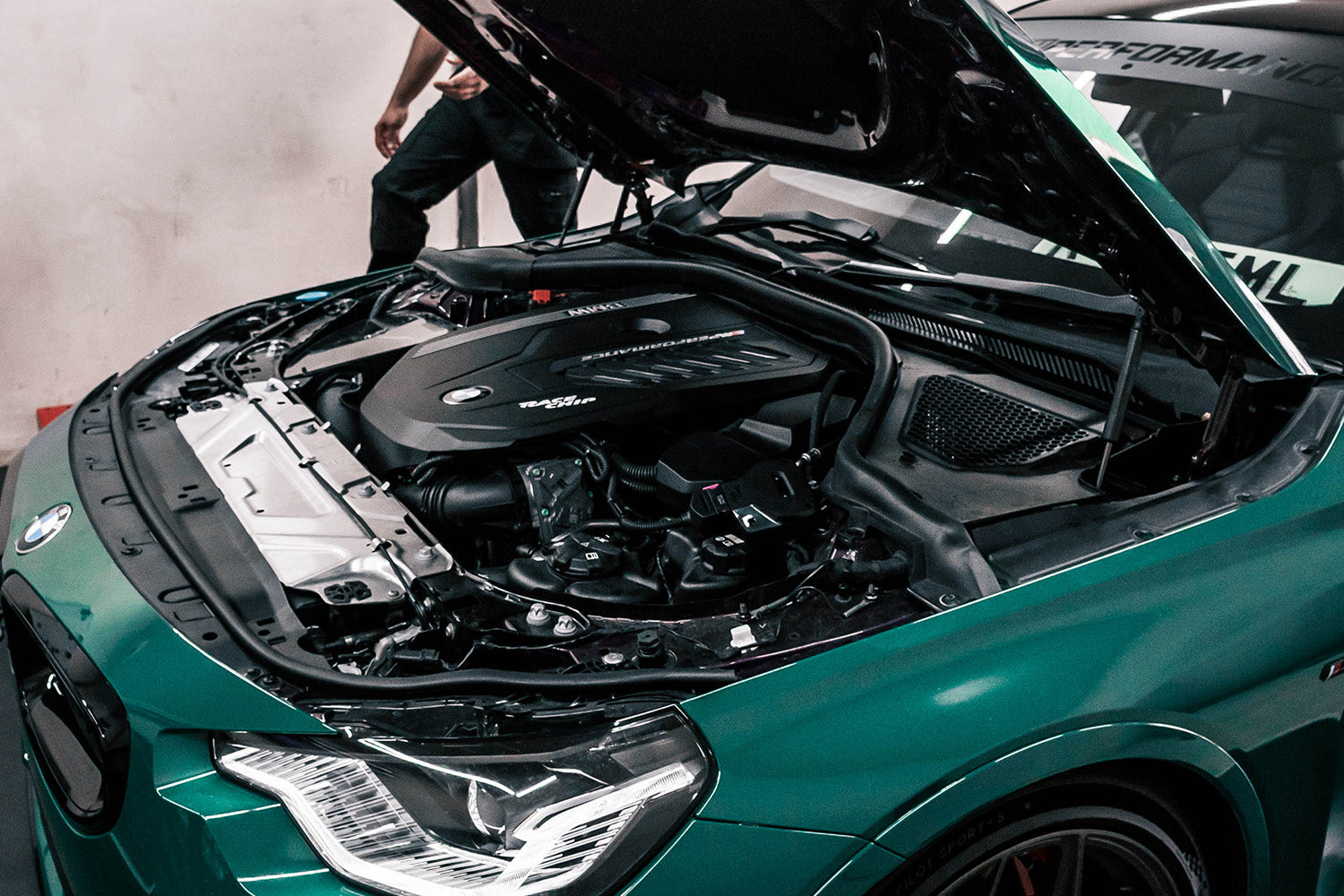Unveiling the Keys Behind the Power of the BMW Engine
Unveiling the Keys Behind the Power of the BMW Engine
Blog Article
Exploring the Advancement of Burning Engines in Modern Transportation Systems
As we navigate the landscape of modern transport, the development of combustion engines stands as a testimony to human resourcefulness and design expertise. The interaction of history, technology, and ecological issues in forming the trajectory of burning engines produces a story that is both engaging and insightful.
Early Beginnings of Combustion Engines
Just how did the idea of burning engines very first arise in the beginning of transport advancement? When the principles of inner combustion were initial checked out, the roots of burning engines can be traced back to the 17th century. In 1673, Christian Huygens conceived a basic inner combustion engine that made use of gunpowder to generate power. It had not been until the late 19th century that functional applications of combustion engines in transport started to emerge.
The innovation moment featured the invention of the very first effective gasoline-powered engine by Karl Benz in 1885 - bmw engine. This engine led the way for the growth of the contemporary automobile, reinventing transportation systems worldwide. Subsequent advancements by Nikolaus Otto and Gottlieb Daimler further fine-tuned burning engine innovation, causing the mass manufacturing of automobiles and the fast growth of the transport sector
These very early burning engines were identified by their simpleness and performance, laying the structure for the complicated and powerful engines utilized in contemporary transport systems. The development of combustion engines has contributed fit the way we travel and transfer products, marking a substantial milestone in the history of transport advancement.
Transition to Internal Burning Modern Technology
The shift to internal combustion modern technology noted a critical shift in the advancement of transport systems. This shift started in the late 19th century, with developers like Nikolaus Otto and Gottlieb Daimler establishing the first effective interior combustion engines. These engines revolutionized transport by providing a more effective and effective alternative to vapor engines and electrical motors.
One of the vital advantages of inner burning engines was their ability to be reduced to suit vehicles, causing the development of motorcycles and cars. This shift from cumbersome, stationary engines to portable, mobile ones led the way for the contemporary transportation systems we see today.
The shift to internal combustion technology likewise spurred innovations in fuel modern technology, resulting in the development of gas and diesel as primary fuel resources for cars. This change not only made transport much more obtainable to the masses however additionally laid the foundation for the oil and gas sector to become important to international economic situations.
Effect of Combustion Engines on Transportation
The adoption of burning engines in transport systems catalyzed an extensive shift in the effectiveness and speed of worldwide flexibility. Combustion engines reinvented transportation by offering a dependable and functional source of power for numerous cars, consisting of automobiles, ships, vehicles, and airplanes. This technology considerably boosted the ability for people and items to relocate over fars away in much shorter timespan, resulting in increased connection in between areas and nations.
Moreover, the visite site extensive use combustion engines has actually had a substantial influence on financial growth. The capability to deliver products successfully has actually stimulated profession and business, allowing companies to expand their markets and reach consumers worldwide. This has promoted economic growth and globalization, as items can currently be transported faster and in larger amounts than in the past.
Nonetheless, the environmental effect of burning engines can not be overlooked. The burning of fossil fuels has actually caused air contamination and greenhouse gas exhausts, contributing to climate modification and presenting health and wellness dangers to populaces. bmw engine. As an outcome, there is an expanding focus on developing different propulsion innovations to reduce these negative impacts and produce a much more sustainable future for transportation
Developments in Combustion Engine Layout
Numerous improvements in combustion engine design have propelled the advancement of transport systems over the decades. One remarkable development is the development of turbocharged engines, which make use of exhaust gases to drive a turbine that presses inbound air, allowing for even more gas to be burned, resulting in enhanced power outcome without a considerable boost in engine dimension. Furthermore, direct shot technology has enhanced fuel effectiveness and efficiency by specifically managing the amount and timing of gas injected into the combustion chamber. Variable valve timing systems have actually also reinvented engine layout by enhancing air movement Clicking Here at different engine rates, boosting both power and performance. An additional significant innovation is the integration of light-weight materials such as carbon fiber and aluminum alloys, decreasing overall engine weight and enhancing lorry gas economy. Furthermore, developments in computer-aided layout have actually allowed engineers to enhance engine performance and efficiency through simulations prior to physical models are constructed, saving time and resources in the advancement procedure. These advancements jointly add to the continual enhancement of burning engines in modern transportation systems.
Future Patterns in Burning Engine Development
With modern technology innovations driving constant development, the future of combustion engine advancement is poised to change transportation systems globally. Among the key trends in combustion engine development is the press towards higher performance and decreased emissions. Manufacturers are spending greatly in r & d to enhance engine efficiency while satisfying strict ecological policies. This consists of the combination of sophisticated fuel shot systems, enhanced turbocharging methods, and using light-weight materials to optimize gas usage and lower carbon emissions.
One more famous fad is the fostering of hybrid modern technologies in burning engines. Crossbreed engines incorporate traditional combustion innovation with electric power, providing improved gas efficiency and lower exhausts. As the automobile sector changes towards electrification, hybrid combustion engines are viewed as a transitional solution that links the void between standard cars and completely electrical ones.
Furthermore, the assimilation of clever innovations, such as expert system and information analytics, is anticipated to play a considerable role in the future of burning engine development. These modern technologies can optimize engine performance in real-time, resulting in more efficient combustion procedures and enhanced overall lorry performance. Accepting these future trends will not only drive advancement in burning engine growth however additionally add to a more sustainable and eco friendly transportation community.

Conclusion
In verdict, the evolution of combustion engines in modern transport systems has been noted by significant developments in modern technology and layout. From the early starts of combustion engines to the change to internal combustion modern technology, these engines have had an extensive impact on transport.
The origins of burning engines can be traced back to the 17th century when the concepts of interior burning were very first explored. These engines transformed transportation by offering a much more efficient and powerful option to steam engines and electrical motors.

Report this page